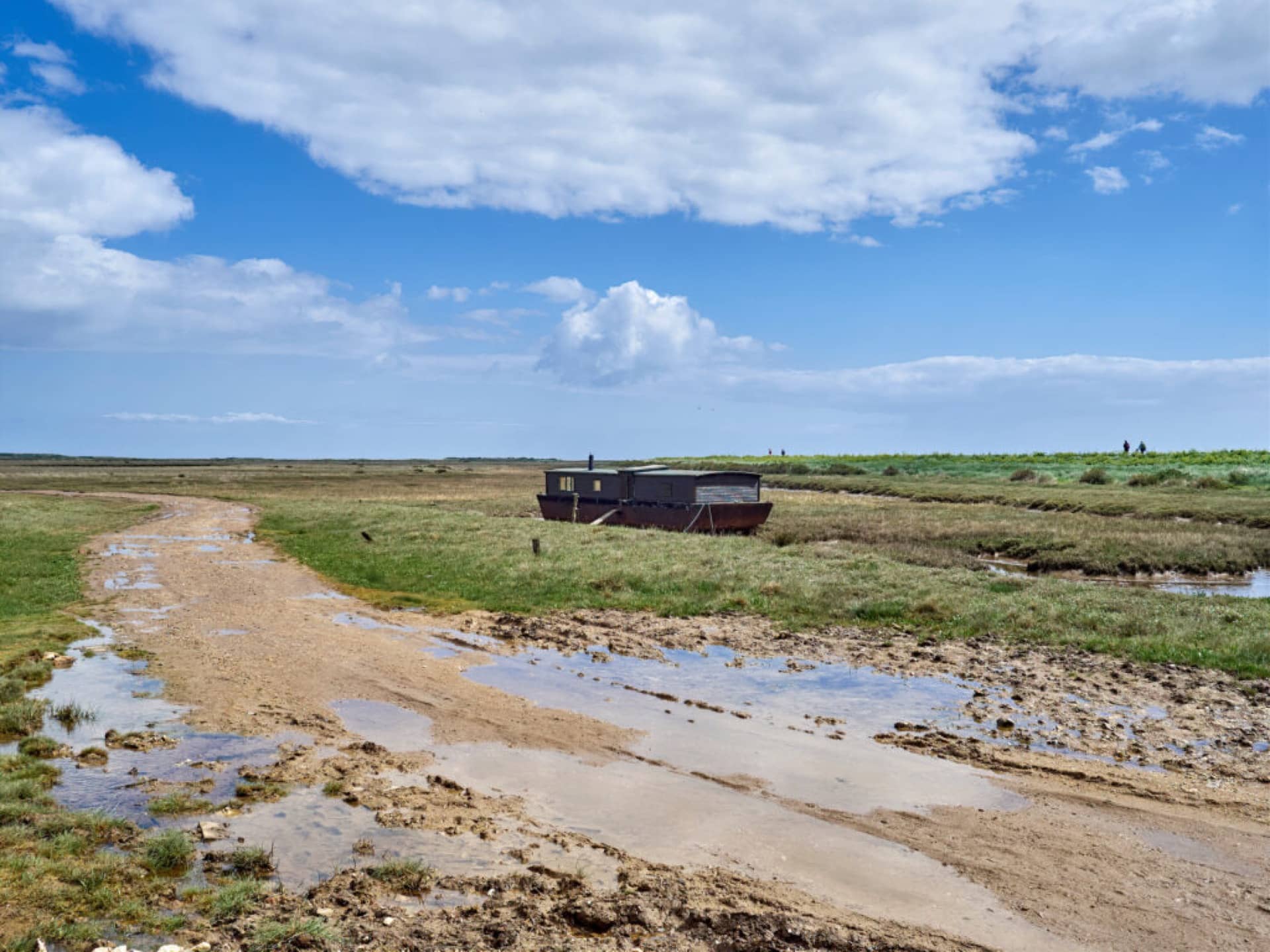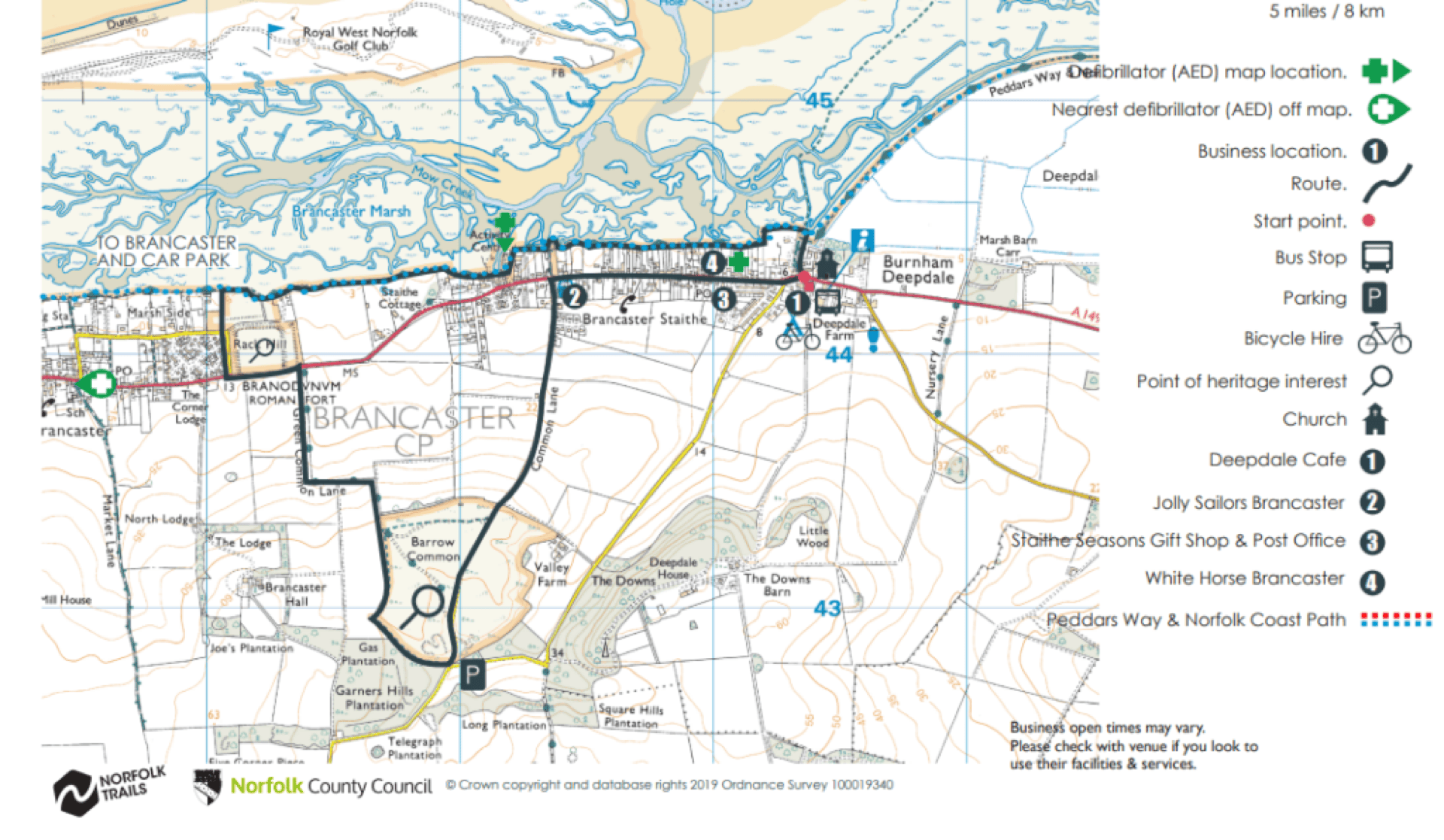Walk the wind-scoured Norfolk coast when brooding winter skies break into breathtaking shafts of light. Buried deep beneath your feet are relics of an Empire in crisis. The 3rd century were dark days for Ancient Rome. Weakened by civil wars, Roman society was fracturing, riven by the violent deaths of short-lived emperors. The barbarians were at the gates. And in Britannia (Britain) they attacked from the sea.
Down the North Sea coast, and along estuaries on both sides of the Channel, was a chain of forts, built for trade shipping. Now they became strategic defences against raiders. Branodunum sat between Brancaster and Brancaster Staithe, one of Britain’s eleven Saxon Shore Forts, military garrisons for over 150 years as the ailing Roman Empire collapsed into history. Earthworks are all that remain. Once at the frontier of Roman Britain, Branodunum’s flints and stones were gradually stolen away and reused, still here embedded in this historic area’s architectural fabric.
The Bronze Age, Roman occupation, and the Saxon and Norman periods have all left their mark on the landscape around Brancaster Staithe. Saxon jewellery has been found here, and a mile to the south the small hill at Barrow Common is believed to be a Bronze Age burial mound. St Mary’s Church at Burnham Deepdale has Saxon origins, although the beautiful font is Norman. Depicting the ‘Twelve Labours of the Months’, it includes December feasting, so on that note…it’s time to head to a cosy country pub!

